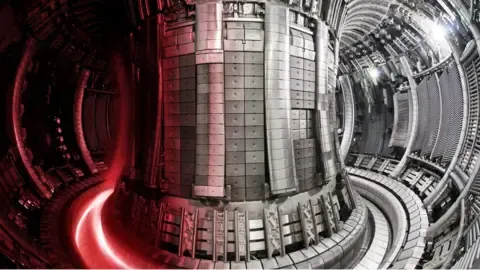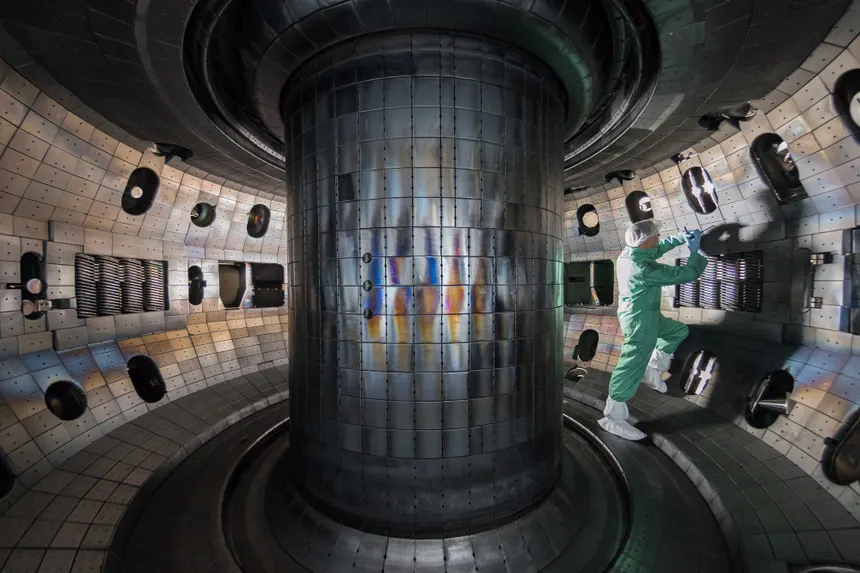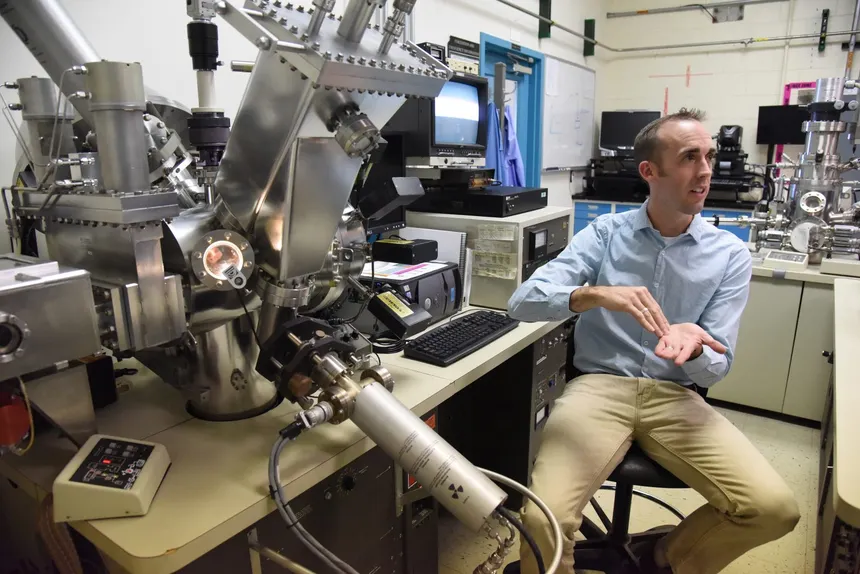Nuclear fusion energy, Scientists have made a groundbreaking achievement , marking a major step toward the future of clean, limitless power. This discovery could revolutionize how the world generates electricity, reducing dependence on fossil fuels and combating climate change. Unlike conventional energy sources, fusion energy has the potential to be an infinite, sustainable solution that does not contribute to global warming. The implications of this breakthrough extend beyond energy generation, potentially influencing various industries such as transportation, manufacturing, and space exploration. If harnessed efficiently, fusion energy could power electric grids worldwide, bringing affordable and accessible electricity to even the most remote regions.
What Is Nuclear Fusion?
Nuclear fusion is the process that powers the sun and stars. Unlike nuclear fission, which splits atoms to release energy, fusion combines hydrogen atoms to create helium, releasing massive amounts of energy in the process.

Key Features of Nuclear Fusion:
- Virtually Unlimited Energy: Uses hydrogen, which is abundant in nature.
- Minimal Waste: Produces far less radioactive waste than nuclear fission.
- No Carbon Emissions: A clean energy source with no greenhouse gas output.
- High Energy Yield: Generates significantly more power than fossil fuels.
The Major Breakthrough
A team of researchers at a leading nuclear facility has successfully sustained a controlled nuclear fusion reaction for a record-breaking duration. This is a crucial step in making fusion energy viable for real-world applications.
Key Highlights:
- Record Energy Output: The experiment generated more energy than ever before in a fusion test.
- Longer Reaction Time: Scientists sustained the reaction for a longer period than previous attempts.
- Higher Efficiency: Improved plasma containment led to increased energy output.

Why This Discovery Matters
The latest breakthrough brings humanity closer to harnessing nuclear fusion as a practical energy source. If successfully scaled up, fusion could provide clean, abundant electricity and replace traditional power sources.
Potential Benefits:
- Endless Energy Supply: Could power entire cities with minimal fuel.
- Lower Costs Over Time: Initial setup is expensive, but long-term costs would be low.
- Environmental Impact: Reduces carbon footprint and mitigates climate change.
- Energy Independence: Countries relying on fossil fuel imports could achieve energy self-sufficiency.
Challenges & Next Steps
While this is a significant milestone, scientists still face obstacles before fusion power becomes commercially available.
Remaining Challenges:
- Sustaining Reactions Longer: Current tests run for seconds; practical reactors need much longer.
- High Temperature & Pressure Requirements: Fusion requires extreme conditions, making containment difficult.
- Cost & Infrastructure: Developing large-scale fusion power plants is expensive.
- Material Durability: Reactor components must withstand extreme environments.

Global Efforts & Future Prospects
Several countries and organizations are investing heavily in nuclear fusion research. The International Thermonuclear Experimental Reactor (ITER) in France is one of the most ambitious projects aiming to develop commercial fusion energy.

Leading Fusion Research Projects:
- ITER (France): A global collaboration building the world’s largest fusion experiment.
- National Ignition Facility (USA): Achieved a breakthrough in energy gain from fusion.
- JET (UK): Set records for sustained fusion energy output.
- China’s EAST Reactor: Successfully maintained a high-temperature plasma for extended periods.
Conclusion
This latest nuclear fusion breakthrough represents a huge step toward a clean energy future. While challenges remain, continued research and global investment could make fusion power a reality within a few decades. If successful, nuclear fusion could redefine the world’s energy landscape, providing an abundant, eco-friendly power source for generations to come.
As the race toward practical fusion energy continues, international collaboration and technological advancements will play a crucial role in accelerating progress. The dream of unlimited, clean energy is closer than ever, and with further research, it may soon become a reality.
This latest nuclear fusion breakthrough represents a huge step toward a clean energy future. While challenges remain, continued research and global investment could make fusion power a reality within a few decades. If successful, nuclear fusion could redefine the world’s energy landscape, providing an abundant, eco-friendly power source for generations to come.
Labor Shortages Are Crushing Restaurants & Retail—Here’s What’s Next!






